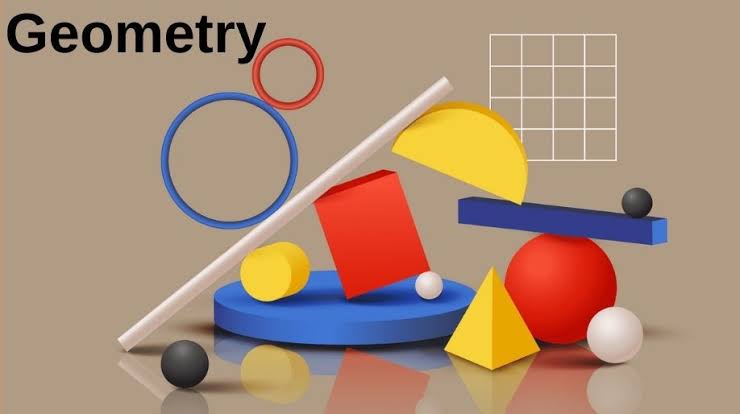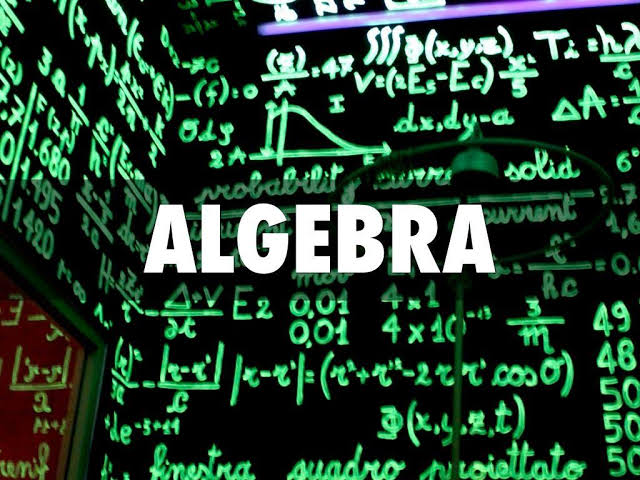
CO1: The student could understand the classifications of data. Student is also introduced to various data collection techniques.
CO2: Student will learn to visualize various types of data with the use of frequency charts and appropriate graphs.
CO3: Student understands concepts like measures of central tendency, measures of variation and measures of position.
CO4: Student gets a clear understanding of basic probability concepts. Student learns conditional probability, addition rule and other basic theories in probability.
CO5: Student will learn various probability distributions of discrete and continuous variables.
CO6: Student learns about the normal distribution, which is an important continuous probability distribution in inferential statistics.
CO7: Student understands the standard normal distribution and learns the conversion of normal
variable to standard normal variable.
- Teacher: Neethu peethambaran VV College

CO1: solve linear programming problems geometrically
CO2: understand the drawbacks of geometric methods
CO3: solve LP problems more effectively using Simplex algorithm via. the use of condensed tableau of A.W. Tucker
CO4: convert certain related problems, not directly solvable by simplex method, into a form that can be attacked by simplex method.
CO5: understand duality theory, a theory that establishes relationships between linear programming problems of maximization and minimization
CO6: understand game theory
CO7: solve transportation and assignment problems by algorithms that take advantage of the simpler
nature of these problems
- Teacher: RUGMA. C. H VV College

CO1: solve linear programming problems geometrically
CO2: understand the drawbacks of geometric methods
CO3: solve LP problems more effectively using Simplex algorithm via. the use of condensed tableau of A.W. Tucker
CO4: convert certain related problems, not directly solvable by simplex method, into a form that can be attacked by simplex method.
CO5: understand duality theory, a theory that establishes relationships between linear programming problems of maximization and minimization
CO6: understand game theory
CO7: solve transportation and assignment problems by algorithms that take advantage of the simpler
nature of these problems
- Teacher: PRASEEJA T VV College

CO1: Understand several methods such as bisection method, fixed point iteration method, regula falsi method etc. to find out the approximate numerical solutions of algebraic and transcendental equations with desired accuracy.
CO2: Understand the concept of interpolation and also learn some well known interpolation techniques.
CO3: Understand a few techniques for numerical differentiation and integration and also realize their merits and demerits.
CO4: Find out numerical approximations to solutions of initial value problems and also to understand
the efficiency of various methods.
- Teacher: PRASEEJA T VV College

CO1: to learn and deduce rigorously many properties of real number system by assuming a few fundamental facts about it as axioms. In particular they will learn to prove Archimedean property, density theorem, existence of a positive square root for positive numbers and so on and the learning will help them to appreciate the beauty of logical arguments and embolden them to apply it in similar and unknown problems.
CO2: to know about sequences, their limits, several basic and important theorems involving sequences and their applications. For example, they will learn how monotone convergence theorem can be used in establishing the divergence of the harmonic series, how it helps in the calculation of square root of positive numbers and how it establishes the existence of the transcendental number e (Euler constant).
CO3: to understand some basic topological properties of real number system such as the concept of open and closed sets, their properties, their characterization and so on.
CO4: to understand some basic topological properties of real number system such as the concept of open and closed sets, their properties, their characterization and so on.
CO5: to get a rigorous introduction to algebraic, geometric and topological structures of complex
number system, functions of complex variable, their limit and continuity and so on. Rich use
of geometry, comparison between real and complex calculus-areas where they agree and where
they differ, the study of mapping properties of a few important complex functions exploring the underlying geometry etc. will demystify student’s belief that complex variable theory is
incomprehensible.
- Teacher: Neethu peethambaran VV College

CO1: Observe the connection emerging between classical
algebra and modern algebra.
C02: Devoted to the discussion on basic
ideas and results of abstract algebra.
C03: Students understand the abstract notion of a group, learn several
examples, are taught to check whether an algebraic system forms a group or not and are introduced to
some fundamental results of group theory.
C04: The idea of structural similarity, the notion of cyclic group,
permutation group, various examples and very fundamental results in the areas are also explored.
- Teacher: RUGMA. C. H VV College